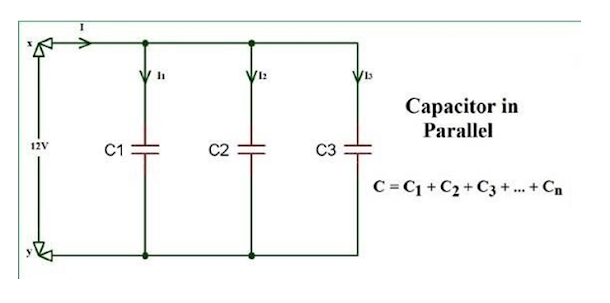Chapter 11 : INDUCTOR
An inductor is a passive component that is used in most power electronic circuits to store energy in the form of magnetic energy when electricity is applied to it. One of the key properties of an inductor is that it impedes or opposes any change in the amount of current flowing through it. Whenever the current across the inductor changes it either acquires charge or loses the charge in order to equalize the current passing through it. The inductor is also called a choke, reactor or just coil.
1) Inductors don’t like change,
they want to remain the same.
2)
When
current increases they try to stop it with an apposing
force.
3)
When
current decreases they try to stop it by
pushing electrons out, to try and keep it the same as it was.

Types of inductors
1)
Air-core inductor
The commonly seen inductor, with a simple winding is the air- core inductor.This has nothing but air as the core material.
2)
Iron-core
These inductors have ferromagnetic materials.
Such as
iron, as the core material .The usage of such core materials helps in
increase of inductance.
3)
Torodal inductors:
These
inductors have a magnetic materials as the core substance to which the wire
is wound .these are in circular
ring shape
Working Principle of inductor :
During the Current flow through the conductor, a magnetic field is generated.
These two things are linearly proportional. Therefore, if the current
is increased, so the magnetic
field will also increase. This magnetic field is
measured in the SI unit, Tesla (T).
So,
as of now, there is a magnetic field across inductors, produced by the current
flowing through it.
To understand further, understanding of Faraday’s law of
inductance is required. As per
Faraday’s law of inductance, the generated EMF(electro motiv
force) is proportional to the rate of change of
the magnetic flux.

Where N is the
number of turns and Φ is the amount of flux.
The
situation in which an EMF(Electro Motiv Force) is increase in a coil due to the change of current through the
coil itself is known as self- induction.
The situation in which a change of
current in one coil increases an EMF(electro motiv force) in another neighbouring coil is called
mutual induction
Permeability :
Permeability is the measure of magnetization that a material obtains in response to an applied magnetic field.
Simply, ability of material or electrons to become magnetized, when placed in magnetic field is called permeability
High Permeability = High Conductivity Low Permeability = Low Conductivity
Permeability depends upon
1) Strength of magnetic field
2) Temperature
3) Humidity
It is denoted by μ (muon).







